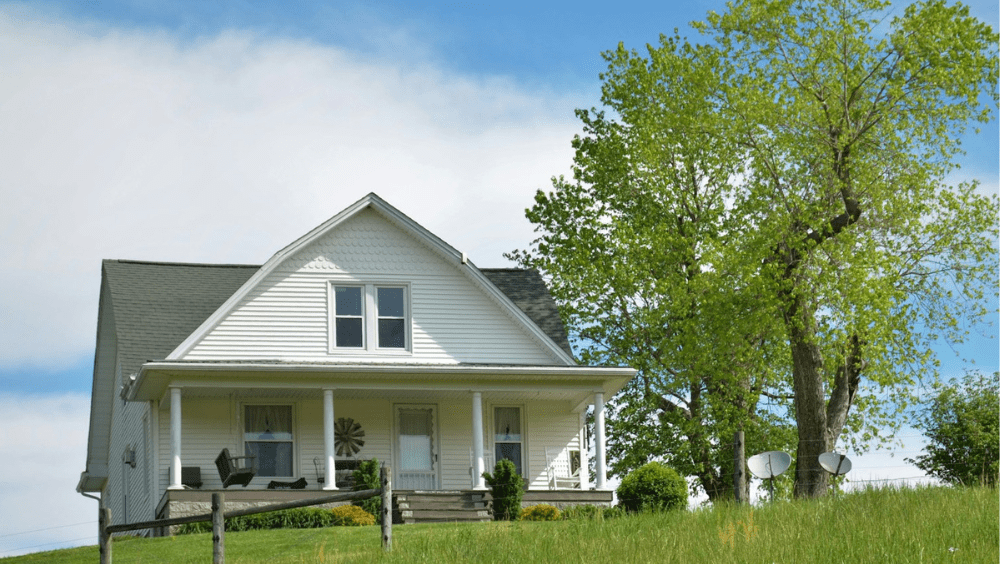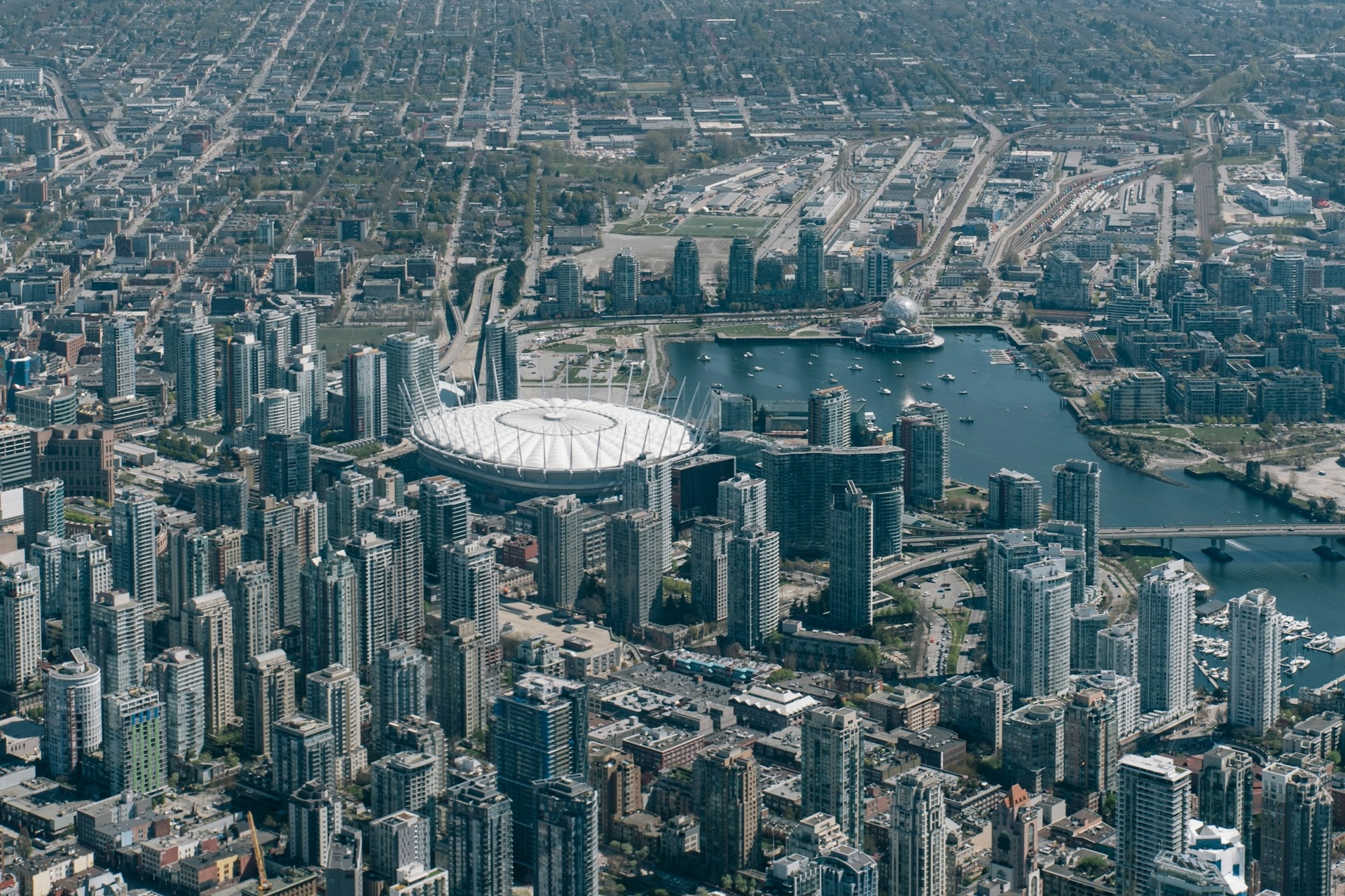A migrant who arrived in Australia eights years ago with barely a penny to his name, has shared how timely interest rate cuts helped him purchase 11 homes in just five years – all before the age of 40.
On his son’s second birthday in July 2017, Rohit Gehlot made the heartbreaking but necessary journey from India to Sydney in search for a better life for his family and to progress his IT career.
He arrived with just $7000 to his name, was unemployed and his only connection in the country was his cousin.
Despite initial financial struggles, including requiring a $20,000 loan from his cousin to cover living expenses, Mr Gehlot persevered and arranged for his wife and children to join him in Australia.
By February 2018, after an initial job loss, he had secured work at Commonwealth Bank, allowing him to stabilise his finances and repay his debt.
MORE NEWS
Gen Y investor resigns at 28 with $6m empire
‘$7.7b cost’: Why stubborn Aussies could lose fortune
Surprise way to make $100k from a vending machine
The Gehlot family moved to Australia in 2017. Picture: Supplied
Only spending his income on necessities, the father of two estimates he saved around 60 per cent to 70 per cent of his wages.
“I got my first salary from CBA on March 25, 2018 and using that I repaid all my debt and after that I started saving. Previous salaries from previous employment helped me only pay some. So, I got debt free in March 2018,” Mr Gehlot recalls.
“I remember that on my birthday in April, 2018, we went to a restaurant in Harris Park, an Indian restaurant, which was the first time we went out since arriving in Australia. Until then, we never had a single meal outside.
“We spent $48 and for the next couple of days we kept talking about how much money we had spent…but from there, life started picking up.”
Interest rate cuts property journey
With his work contract renewed soon thereafter, which also brought with it a handsome pay increase, Mr Gehlot was finally in a position to think about homeownership.
In early 2019, Mr Gehlot managed to secure a 10 per cent deposit for his first home by withdrawing funds from his provident fund in India, similar to superannuation.
With the assistance of a mortgage broker, he received pre-approval for a loan, combining around $30,000 from his provident fund and savings for the deposit.
“In May 2019, I ended up buying a home in Kellyville and this property was bought for $900,000 – a property that would now be with around $1.9m, easily,” he said.
“At the time, I didn’t know anything about property and the only thing I did know was that we were 600m from the train line.”
Mr Gehlot signed his first property contract just days before the Labor Government was elected in 2019 and nine days before Sydney Metro Northwest started operations,
“Timings worked out perfectly well in my favour and from August 2019, we started seeing rate cuts which shot the market up again.”
MORE NEWS: Warning over RBA cut: Aussies to cop major blowback
One of Mr Gehlot’s Queensland rentals. Picture: Supplied
In 2019, the Reserve Bank of Australia cut interest rates on several occasions, the first on June 4, which lowered the cash rate to 1.25 per cent.
Following this, there were additional cuts on July 2, (to 1 per cent), October 1, 2019 (to 0.75 per cent), and finally on December 3, 2019 (no change).
Mr Gehlot said the consecutive cuts played a big factor in growing his property portfolio over the following 18 months.
“It helped, for sure, because it left more money in my pocket. So even if people don’t want to buy more homes, they can pay off their mortgage loans faster because they have more disposable incomes.”
From small things, big things grow
When Covid hit, Mr Gehlot used his extra free time to research property financing by listening to podcasts and following property gurus on a number of streaming platforms.
It inspired him to gauge a better understanding of the property market which motivated the father to seek alternative lending opportunities.
“(A) broker from the eastern suburbs in Sydney got in touch with me and told me that by using a non-banking lender, I could borrow around $400,000 due to interest rates dropping,” he said.
On January 21, Mr Gehlot purchased his first investment property in Brisbane which he leased for $430 a week.
Only six months later, after helping his wife secure a minimum-wage job to help with lending approval, the couple purchased a second investment property for $310,000, which they later leased for $380 a week.
MORE NEWS: Bank’s shocking rate cut refusal
One of the properties Mr Gehlot purchased in Perth. Picture: Supplied
Mr Gehlot’s borrowing capacity meant he could purchase another two properties in Perth and, by the end of 2021, his portfolio had amassed to five investment properties, including his principal place of residence.
By the end of June 2022, he ended up buying three more properties in Mackay and Townsville, taking his investment portfolio to eight properties.
This number grew to 11 last year, following the purchase of three more properties in Sydney and Melbourne, taking the worth of Mr Gehlot’s property portfolio to $10.7m.
He’s also since become an accredited buyer’s agent, helping others on their property journey through his business InvestorAid.
Mr Gehlot has eight properties across four states. Picture: Supplied
“I bought my first property when I was 34 and before I turned 40, that (number grew to) 11,” he said.
“I think migrants are good with property investing because…they have nothing to lose and everything to gain.
“When you don’t have anything to lose, you just take chances because the worst outcome is that you just go back to where you started.
“But you also have to have a hunger to establish yourself…and even if you can’t yet purchase a property, you can do your homework, you can do your research and you can get prepared financially and save a deposit.”
















 English (US) ·
English (US) ·